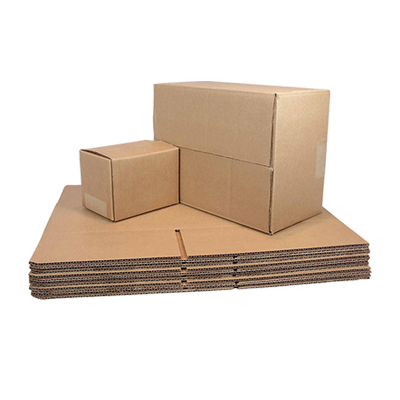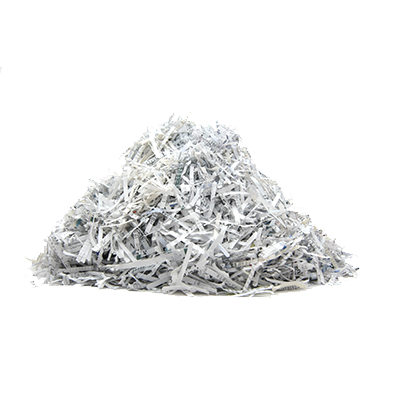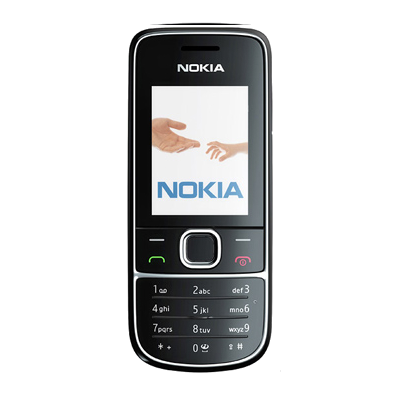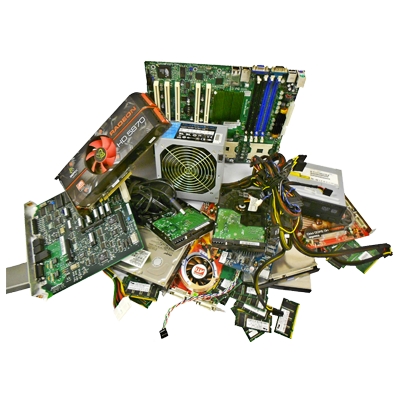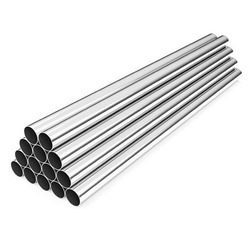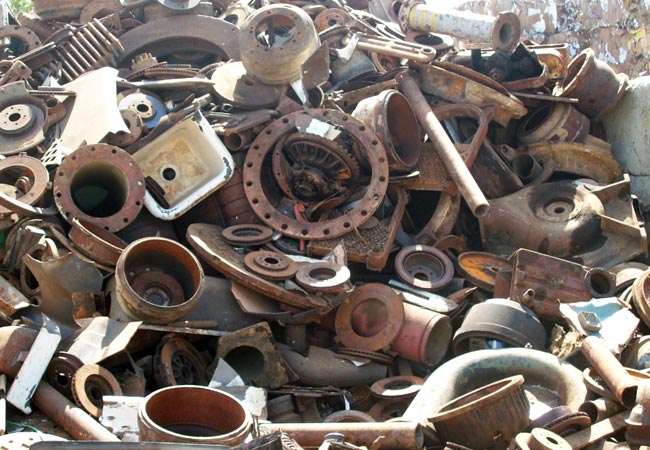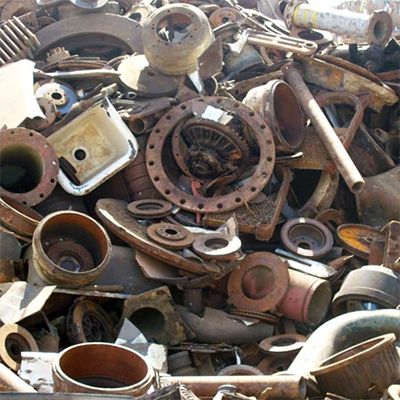
2021-12-15
What Exactly is Extended Producer Responsibility?
You may have often heard of the term EPR. It stands for ‘Extended Producer Responsibility’ which is a strategy to make producers accountable for the environmental costs of their products. The concept was first introduced in Sweden by Thomas Lindhqvist in a 1990 report to the Swedish Ministry of the Environment. In it, Lindhqvist states that the “manufacturer of the product is responsible for the entire life-cycle of the product and especially for the take-back, recycling and final disposal.” Basically, EPR aims to increase product recovery and minimize the environmental impact of materials that go to waste during the production process. So for example, a simple electronic device like headphones that we may replace multiple times a year requires raw and hazardous resources like (do the research please or use a better example). Given that both extraction, implying use but no replenishment, and hazards cause environmental and health impacts, the manufacturer has or should have a responsibility to bear.
EPR is a new concept in Nepal but one that is quite pertinent with growing consumption rates and waste production. If manufacturing companies increase their recycling, buy-back, and refurbishing programs, then waste management will certainly be managed not only through individuals and companies that consume products but manufacturers who produce them. Doko has often focused on recycling end of life products given to us by consumers. While we are committed to continue our efforts in making individuals and companies recycle with ease, we realize that it is important to encourage manufacturers to design products that are eco-friendly and be responsible for managing end of life products. Manufacturers themselves can create products that are made from recycled materials or can be recycled easily and reflect this in their product price. Since manufacturers have the most control over product design, they also have the best ability to make the products free of toxic materials and eco-friendly.
Often when we, as consumers, buy products, we do not think about where the packaging comes from or if it can be made more recyclable or sustainable. Think about the smartphone you use. Was the packaging recyclable? What happens when it breaks? Who do you sell it to? Where does it go? EPR addresses these questions to close the loop between what happens to products after they have been used and how to integrate the raw materials from used products into the manufacturing process.
One example of an EPR scheme is Doko Recyclers’ Exchange Offer with CG Digital wherein customers can directly contact CG Digital if they want to return a used e-waste item. Once the e-waste is returned, CG Digital contacts Doko Recyclers, a producer responsibility organization (PRO) to evaluate the value of the e-waste. Consumers are then offered a discount the value of the e-waste for a new electronic item at CG Digital. The old e-waste is recycled and managed by Doko Recyclers properly and efficiently. In this way, through EPR, the responsibility of proper waste management goes to companies themselves.
You too can participate in our EPR efforts by dropping off your electronic waste at the following collection points:
- Doko Recyclers City Office, Jawalakhel, Lalitpur
- Doko Recyclers Materials Recovery Facility, Sano Thimi, Bhaktapur






